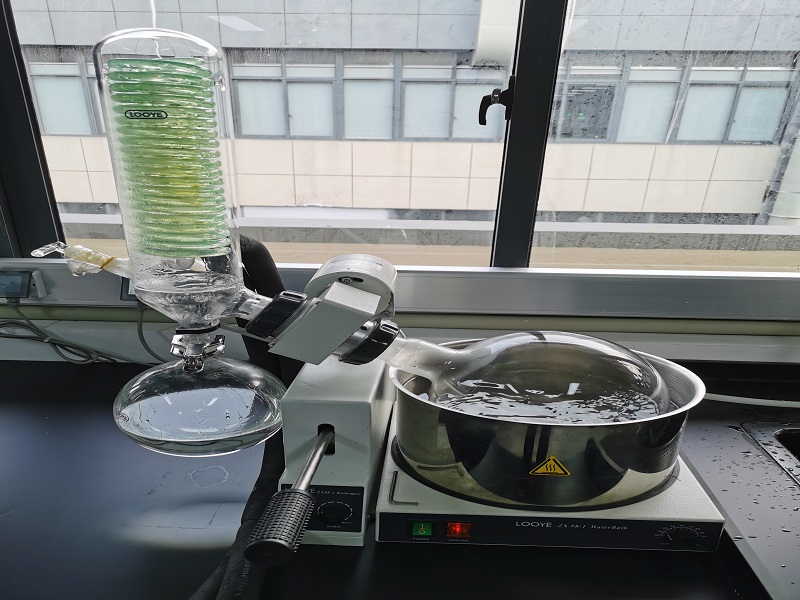Peptides are a class of compounds composed of multiple amino acids linked by peptide bonds, which are widely used in biochemistry and drug research and development. In the synthesis and processing of peptides, cleavage is a key step, which can separate the polypeptide chain from the solid phase support, resulting in free peptides. However, this cutting process often needs to be carried out in dark conditions for the following reasons:
First, what is the effect of photochemical reactions.
Light can trigger a variety of photochemical reactions, which may change the chemical structure of peptides and thus cause them to lose their original biological activity. Especially during the cleavage process, the polypeptide chain can become relatively fragile, and at this time, if exposed to bright light, unwanted chemical changes may occur.
Second, to ensure the stability of the peptide
Light-sheltered treatment can protect peptides from light-induced degradation or denaturation. Some of the chemical bonds in the polypeptide molecules may become unstable under light conditions, which in turn leads to the decomposition or structural changes of the polypeptide. Therefore, avoiding sunlight exposure during cleavage helps to maintain the stability and biological activity of the peptides to the greatest extent.
Third, avoid photolysis reaction
Some specific peptides, especially those containing photosensitive groups, may undergo photodecomposition under light conditions, resulting in disruption of the polypeptide chain or alteration of its chemical structure. In order to effectively prevent this photodecomposition phenomenon, the integrity and purity of peptides can be effectively protected by carrying out light-sheltered treatment.
Iv. Standard requirements for experimental operation
Standardization is very important in biochemical experiments. As a standardized experimental method, light-sheltered cutting helps to ensure the reliability and repeatability of the experimental results. By controlling the light conditions, scientists were able to more precisely assess the effect of other experimental conditions on the efficiency and quality of peptide cleavage.
In summary, peptide cleavage was performed in the dark, mainly to protect its stability, prevent photochemical reactions and photic phenomena, and at the same time to ensure the standardization of experimental manipulations. Together, these measures guarantee the effectiveness of the peptide cleavage process and the quality of its products.
Post time: Mar-03-2025

